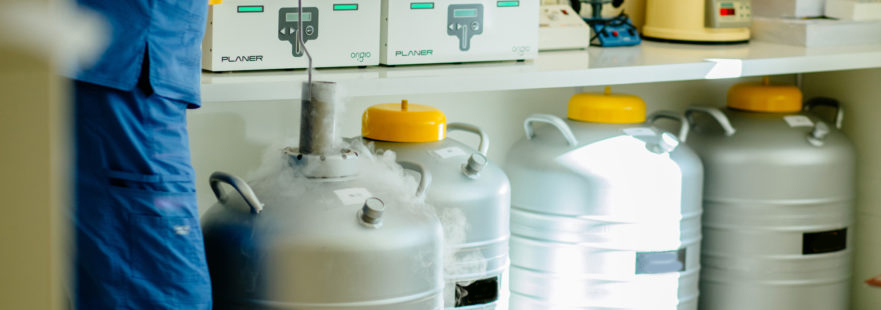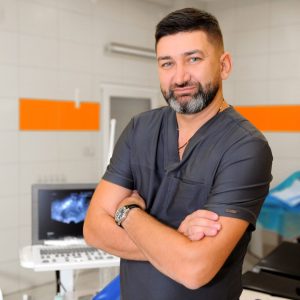
Oocyte cryopreservation has become a real breakthrough in embryology and reproductive technology, because egg freezing is a much more complicated process than freezing embryos.
Firstly, the oocyte is a very large cell with waterproof outer layers, that is why cryoprotectants penetrate the plasma membrane with difficulty.
Secondly, the genetic information in the egg – the spindle fibers – are very sensitive to the effects of low temperatures, which can lead to disruption of the chromosomes at the division stage after thawing, that is to genetic pathologies. However, the birth of thousands of healthy babies in the world and the optimization of freezing (vitrification), thawing, fertilization methods and cultivation of eggs in special nutrient medium allows us today to create oocyte banks and solve a number of topical medical, legal and religious problems.
Indications for use:
Healthy women have the opportunity to freeze “young” oocytes for the future when they want to have children. It is a kind of “insurance system” for couples who delay the birth of their offspring after the 30-year threshold. Numerous studies have shown that the age of a woman at the time of embryo transfer is not as important as the age of the patient at the time of aspiration and eggs freezing.
Women suffering from a progressing endometriosis which eventually leads to impaired ovarian function.
Women with advanced oncology pathologies who are preparing for chemo or radiation therapy that adversely affect reproductive health. Cancer cells can be very sensitive to hormonal stimulant drugs, so before undergoing stimulation, the oncologist should give the assent.
Oocyte freezing for other medical reasons.
Oocyte freezing during IVF infertility treatment when more eggs were obtained than single sperms. It’s often the case for the couples who because of their religious beliefs do not permit fertilization of more than two eggs in a single cycle. The remaining eggs are frozen.
Creation of a cryobank for oocyte donation programs.







